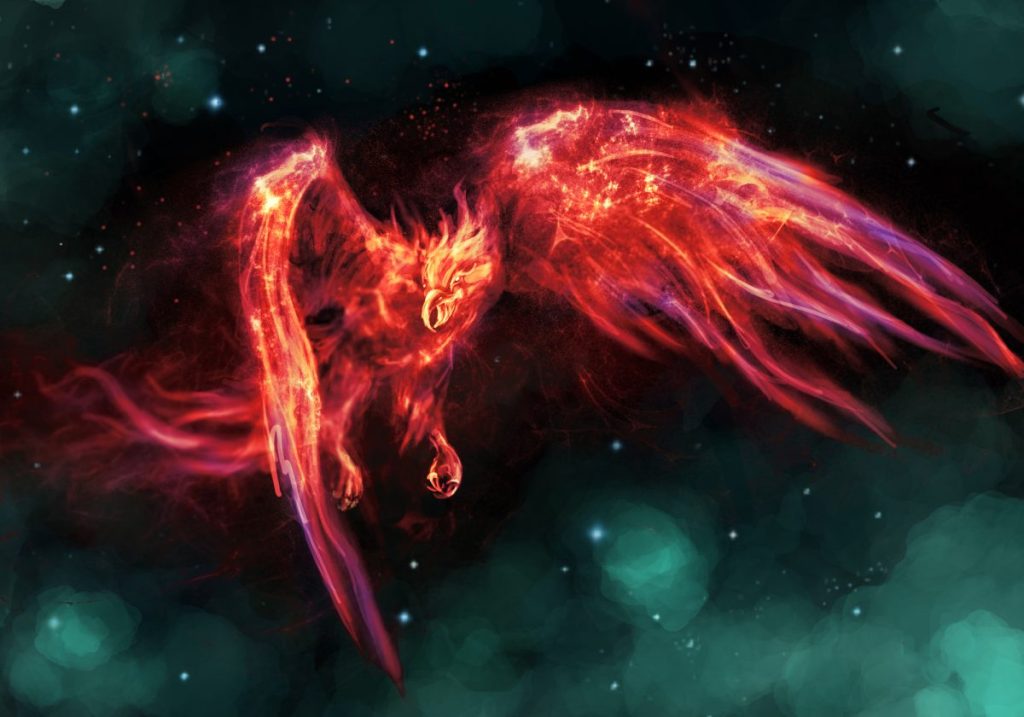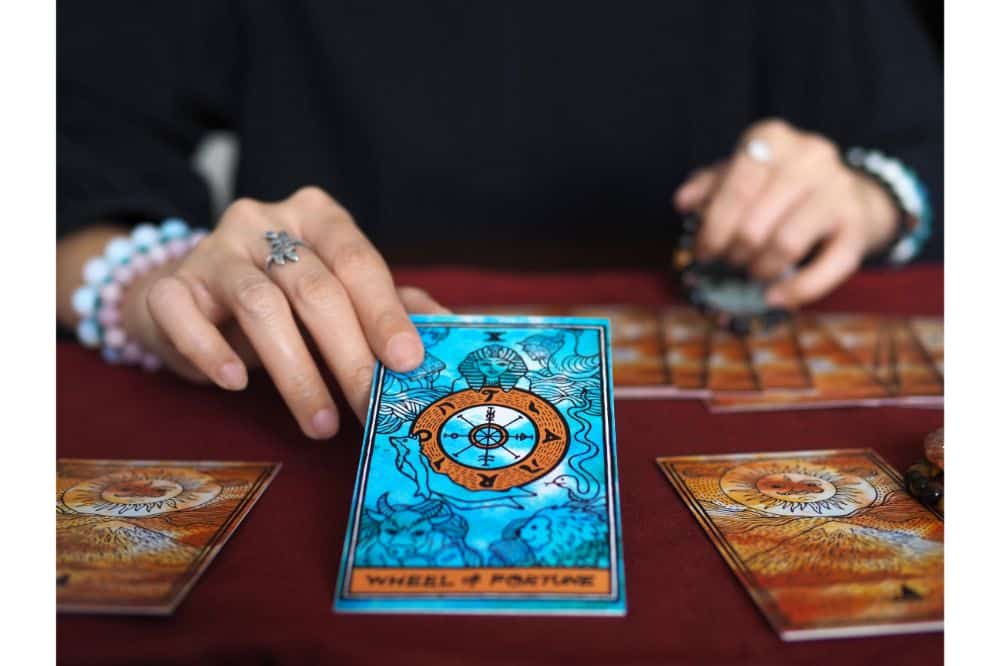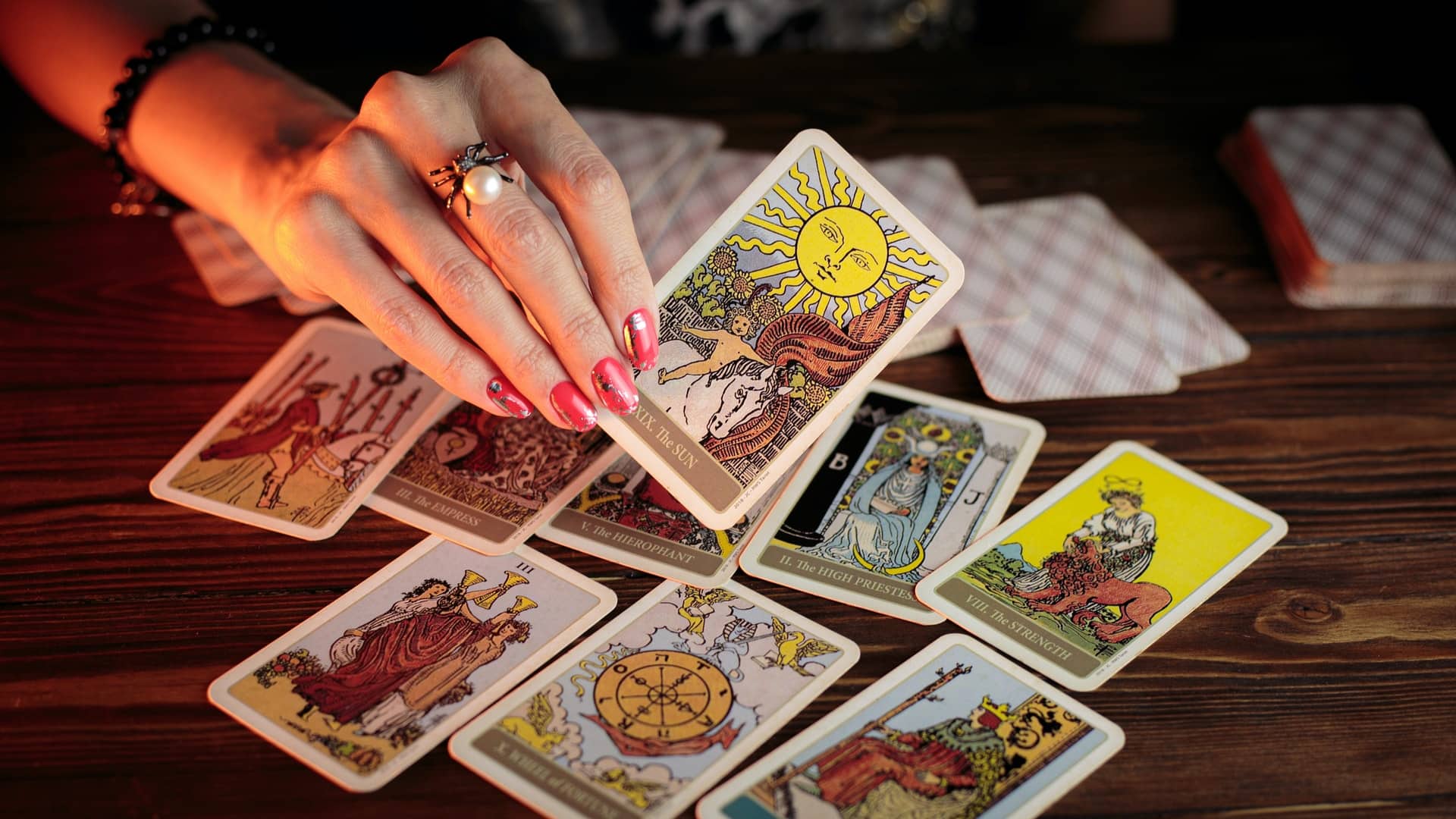The Legend of the Phoenix: Rebirth and Transformation
Mythical creatures have always been a source of fascination for people across different cultures and time periods. One such enthralling creature, the Phoenix, has piqued the curiosity of individuals from various corners of the world for centuries.
Known for its astonishing ability to be reborn from its own ashes, the Phoenix has evolved into a potent symbol of regeneration and transformation.

Table of Contents
Tracing the Roots of the Phoenix Legend: A Journey Through Time
The mythical bird, Phoenix, boasts a long and storied history, with its origins traceable to ancient Egypt before spreading across a myriad of civilizations, such as the Greek, Roman, and Chinese cultures. The bird first appeared in the Egyptian Book of the Dead as the “Bennu,” which resembled a heron and was associated with the sun god Ra. It was believed that the Bennu soared over the waters of creation, breathing life into the world.
In Greek mythology, the Phoenix emerged as a resplendent bird adorned with golden and red plumage, symbolizing the rising sun. The myth of the Phoenix was further propagated by the Roman poet Ovid in his magnum opus “Metamorphoses,” where he elaborated on the bird’s rebirth process.
The Many Faces of the Phoenix: A Universal Emblem of Renewal
Although the Phoenix legend has its genesis in ancient Egypt, it has been adopted and adapted by a multitude of cultures throughout history.
Here are some fascinating examples:
The Persian Huma: The Bird of Fortune
In Persian mythology, the Huma bird is often likened to the Phoenix. The Huma is believed to bring prosperity and happiness to those fortunate enough to catch a glimpse of it. However, unlike the Phoenix, the Huma does not undergo a rebirth cycle; instead, it is considered an immortal bird that eternally soars through the sky.
The Chinese Fenghuang: A Majestic Symbol of Balance
In Chinese mythology, the Fenghuang is a regal bird that symbolizes virtue, grace, and the harmonious union of yin and yang. Analogous to the Phoenix, the Fenghuang is believed to possess a 500-year life cycle, at the end of which it incinerates itself and rises anew from its ashes. The Fenghuang is often depicted alongside the dragon, representing the perfect equilibrium between these two formidable forces.
The Russian Firebird: A Magical Quest
The Firebird, or Zhar-ptitsa, is a captivating character in Russian and Slavic folklore. While not directly linked to the Phoenix, it shares some similarities, such as its magical nature and fiery feathers. The Firebird is often the object of a heroic quest, as its radiant feathers are said to bring fortune and enlightenment to those who capture it.
The Art of Rebirth: The Phoenix Rising from the Ashes
Arguably, the most entrancing aspect of the Phoenix legend is its rebirth process. The bird is said to have a life cycle spanning 500 to 1,000 years, depending on the culture and source. As its life draws to a close, the Phoenix constructs a nest of aromatic herbs and spices, which it ignites. The bird is then consumed by the flames, only to rise from the ashes, revitalized and renewed.
This process of regeneration through destruction has inspired countless works of literature, art, and even modern-day expressions. It serves as a poignant reminder that even in the face of adversity, there lies an opportunity for growth and transformation.
The Timeless Symbolism of the Phoenix: Lessons of Rebirth and Transformation
The Phoenix’s unparalleled ability to rise from the ashes has transformed it into an enduring emblem of rebirth and transformation. This legendary bird serves as a testament to the resilience of the human spirit and the power of change. The Phoenix teaches us that we can overcome life’s challenges, learn from our experiences, and emerge stronger than before.
In various spiritual traditions, the Phoenix also represents the cyclical nature of life and the process of spiritual growth. Its fiery rebirth is viewed as a metaphor for the journey of the soul, which experiences death and resurrection as it evolves and attains higher states of consciousness.
The Phoenix in Literature and Popular Culture: An Ongoing Fascination
The Legend of the Phoenix has left an indelible mark on literature and popular culture, with numerous authors, artists, and filmmakers drawing inspiration from this mythical creature. From Shakespeare’s “Romeo and Juliet” to J.K. Rowling’s “Harry Potter” series, the Phoenix has made its presence felt in various forms, symbolizing hope, renewal, and the triumph of good over evil.
Moreover, the Phoenix has inspired a plethora of idiomatic expressions and sayings that emphasize its themes of rebirth and resilience. Phrases such as “rise like a phoenix” or “phoenix from the ashes” have become part of our everyday lexicon, reminding us of our innate ability to overcome adversity and transform our lives.
The Eternal Charm of the Phoenix
The Legend of the Phoenix continues to captivate and inspire people across the globe. Its awe-inspiring tale of rebirth and transformation transcends cultural boundaries and resonates with our intrinsic desire to overcome adversity and rise above challenges. The Phoenix serves as a powerful reminder that we, too, can harness the power of change and renewal to create a brighter future for ourselves.
In today’s fast-paced and constantly evolving world, the Phoenix’s message holds greater relevance than ever before. As we confront personal and global challenges, the story of the Phoenix emboldens us to embrace change, grow from our experiences, and emerge stronger than before. By looking to the legend of the Phoenix, we can discover inspiration, hope, and the fortitude to rise from the ashes and transform our lives for the better.






